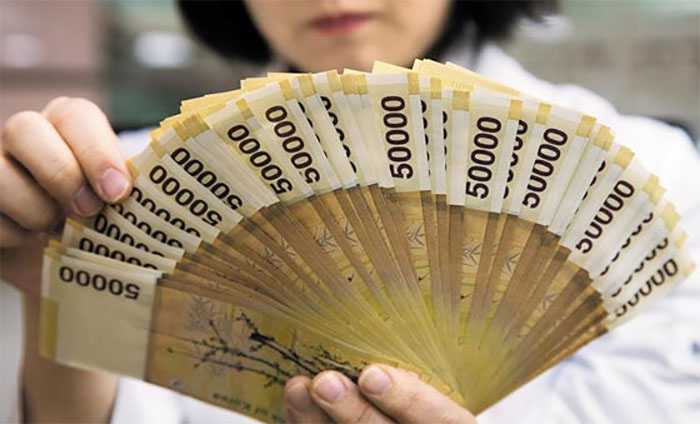Central Bank Expected to Hike Interest Rate
26 November, 2018

The Bank of Korea is expected to hike the base interest rate when its monetary policy committee meets on Friday. The BOK has kept it frozen at 1.5 percent for the past year after raising it a quarter percentage point in November 2017.
Market researcher Koscom polled 757 experts, and most forecast a quarter-percentage-point hike this time. Although the prevailing view is that the Korean economy is slowing, economists believe the BOK has no choice but to boost the key rate to keep up with the U.S. as the Federal Reserve is likely to raise interest rates again in December.
Adding fuel to forecasts of a hike is the fact that household debt is rising faster than income growth. BOK Governor Lee Ju-yeol hinted several times in November at an impending rate hike.
There are fears that it could pour cold water on any nascent economic recovery, but the BOK says its primary focus is on stabilizing financial markets. In other words, it cannot sit by and let household debt skyrocket further due to low interest rates.
Korea's economic growth outlook of 2.7 percent for this year is in a range of its potential growth rate of 2.8 to 2.9 percent, which shows the economy is capable of withstanding the impact of a rate hike.
But household debt has surpassed W1,500 trillion, which means any interest rate increase will inevitably raise the interest burden on ordinary borrowers (US$1=W1,133).
The BOK's own analysis shows a 0.25 percentage point increase in the base interest rate will boost the household loan interest burden by W2.3 trillion.
The economic side effects are not expected to be huge since many households that took out loans are considered to have sound credit and income levels, but some eight percent of household debtors have taken out loans from more than three different financial institutions or are low-income earners, and they will be hit hard.
The number of these financially vulnerable individuals stood at 1.5 million as of the end of June with W85.1 trillion in loans between them, which accounts for six percent of the total, up W2.4 trillion compared to the end of 2017.
TAG(s):
